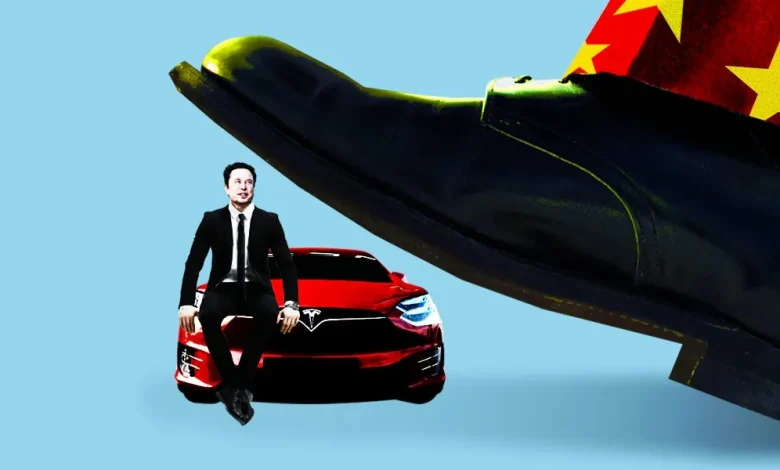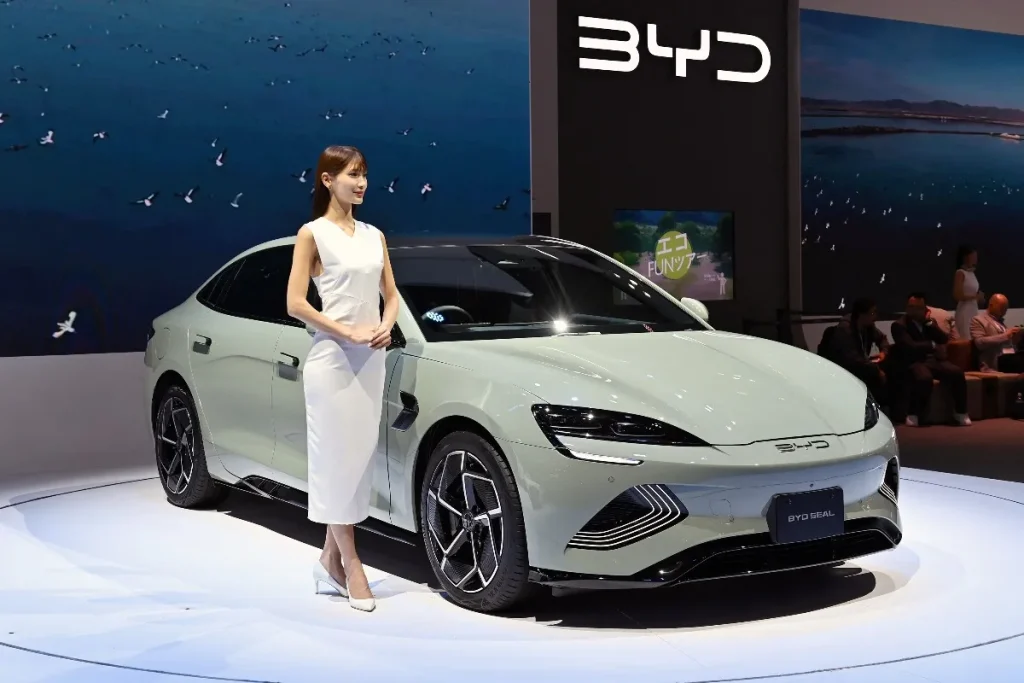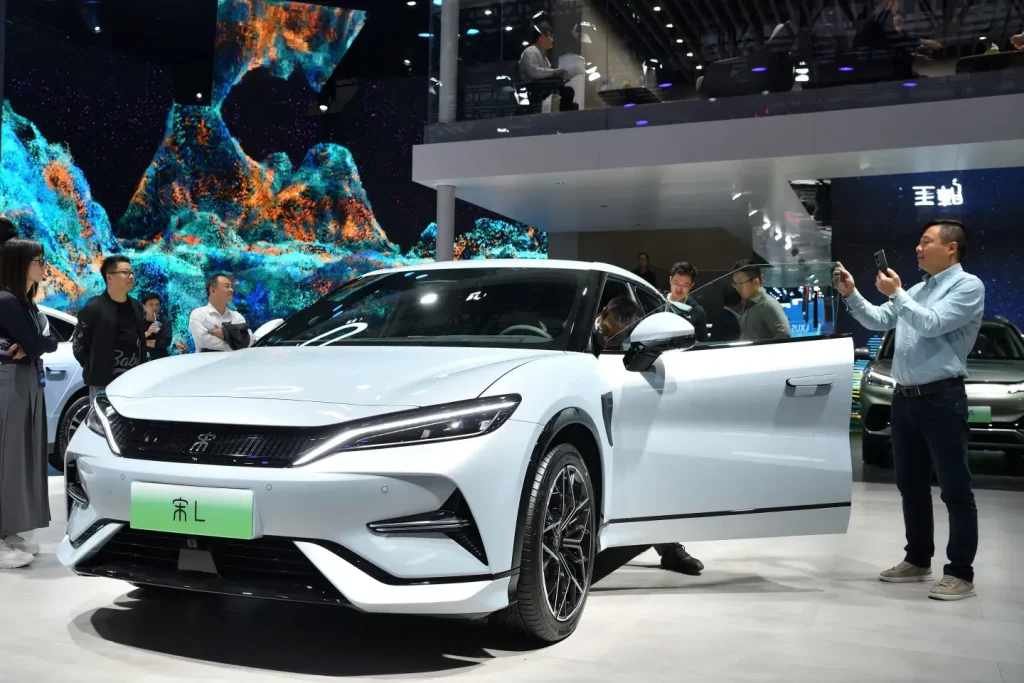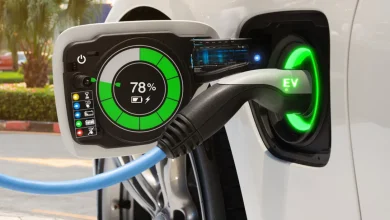
Can Chinese EVs Overtake Tesla in Global Markets?
Tesla’s global lead is shrinking. Can Chinese EVs dominate worldwide with lower prices, faster innovation, and stronger local reach?
Once the undisputed leader in electric vehicles, Tesla is facing growing pressure from Chinese EVs that are rapidly expanding their presence in global markets. From Asia to South America, Chinese automakers like BYD are undercutting Tesla in price, flooding markets with diverse models, and tailoring offerings to meet regional needs. Meanwhile, Tesla’s global sales have slipped, and its pricing strategy is struggling to compete in cost-sensitive regions.
Emerging markets such as India, Southeast Asia, and parts of Africa are becoming the new battlegrounds. In these regions, Chinese EVs are not only entering early but are forging partnerships and building local infrastructure—moves that Tesla has been slower to make.
Pricing, Innovation, and Agility
What gives Chinese EVs the edge? One word: affordability. Brands like BYD and MG offer full-featured electric vehicles at a fraction of Tesla’s cost. In India, Tata Motors, a local brand with EVs priced for middle-class consumers, dominates over 60% of the EV market. Tesla, with its limited range and higher pricing, is struggling to find a foothold among price-conscious buyers.
Chinese EVs are also innovating faster. BYD recently launched models with ultra-fast charging and aggressive performance updates. This rapid product cycle keeps consumers engaged and draws attention in ways Tesla’s relatively unchanged lineup no longer does. In Thailand—the region’s biggest EV market—BYD outsold Tesla by more than six times in 2024, highlighting how Chinese EVs are winning through constant evolution.

Tesla’s Challenges in New Markets
Tesla is attempting to counter the rise of Chinese EVs by entering untapped markets like India, South Africa, and Saudi Arabia. But local competition remains fierce. Indian automakers like Tata already have an extensive service network and trusted brand reputation. In Saudi Arabia, government backing has shifted toward other companies like Lucid and Ceer, reducing Tesla’s room to grow.
Even in regions where Tesla had an early lead, like Southeast Asia, Chinese EVs are surging. In Malaysia and Singapore, Tesla ranks behind brands that offer more affordable and varied models. The company’s luxury-first image, once an asset, now appears misaligned with market demand. Unless Tesla can localize production or launch more budget-friendly models, it risks losing relevance.

A Shifting Global Landscape
The dominance of Chinese EVs isn’t just due to pricing—they’re strategically capturing markets with localized manufacturing, diverse product lines, and faster turnaround. Tesla, by comparison, is perceived as static. Its global expansion is cautious and sometimes delayed by regulatory or political friction, as seen with import tax issues in India.
Experts suggest that unless Tesla has another breakthrough moment—like the Model 3’s global success—it may continue to lose ground. The lead it once held is now being eroded by nimble competitors with local insights and aggressive pricing. Chinese EVs are no longer just challengers—they’re defining the future of electric mobility.
The global EV race is shifting gears. Chinese EVs have proved they can compete—and win—not just at home, but worldwide. If Tesla wants to reclaim its crown, it will need more than brand recognition. It will need to play by a new set of rules.



